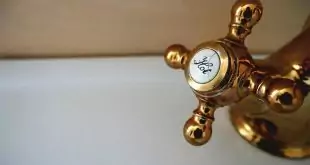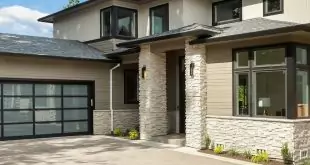Your home represents decades of memories, comfort, and investment. However, beneath its familiar surfaces, mold might be growing in places you’d never think to check.
While most homeowners check obvious spots like bathrooms and basements, numerous overlooked areas provide perfect conditions for mold growth. Identifying these hidden locations protects your health and preserves your home’s value.
Behind Kitchen Appliances
Your kitchen appliances work hard every day, but the spaces behind them can silently harbor dangerous mold growth. Refrigerators create condensation that drips onto floors and walls. Dishwashers frequently develop small leaks that go unnoticed for months. Even ice makers in refrigerators commonly develop mold problems due to constant moisture exposure.
Check behind these appliances every few months by pulling them away from the walls to inspect for water damage, discoloration, or musty odors. Clean any moisture buildup immediately and ensure proper ventilation around each appliance to avoid mold growth in the future.
Inside HVAC Systems and Ductwork
Your heating and cooling system circulates air throughout your entire home, but it can also spread mold spores if contamination occurs within the system. Ductwork accumulates dust, moisture, and organic debris that mold feeds on. Air conditioning units naturally produce condensation, and if drainage systems fail, water accumulates in places you can’t see.
Vent covers often trap moisture and dust, creating small mold colonies. Luckily, the benefits of resin vent covers include better moisture resistance compared to metal alternatives, reducing mold growth potential.
Within Wall Cavities
Walls hide extensive mold problems that develop from slow leaks, condensation, or flooding events. Plumbing lines run through walls, and small leaks can persist for years without detection. Exterior walls sometimes develop condensation problems when insulation fails or air sealing proves inadequate.
Electrical outlets and switch plates on exterior walls sometimes feel cold or show condensation, indicating moisture problems within the wall cavity. Also, window frames often develop mold growth between the frame and the wall due to poor sealing or condensation issues.
Monitor walls for discoloration, soft spots, or musty odors. Check around plumbing fixtures, windows, and electrical outlets regularly, and address any moisture intrusion immediately to prevent extensive mold growth.
Addressing Hidden Mold Growth
When you discover mold in these hidden areas, prompt action prevents health risks and property damage. Natural ways to get rid of mold include using white vinegar, baking soda solutions, or hydrogen peroxide for minor infestations.
However, extensive mold growth requires professional remediation services. Never ignore mold problems, as they worsen over time and can cause serious health issues, particularly for those with respiratory sensitivities.
Regular inspection of these hidden areas maintains your home’s safety and value. Create a monthly checklist that includes checking behind appliances, inspecting HVAC components, and monitoring walls for moisture signs. Early detection prevents costly repairs and protects your family’s health.
Your home should remain a sanctuary where you feel comfortable and safe. By understanding where mold hides and taking proactive steps to prevent its growth, you can maintain the healthy living environment you deserve.

 World inside pictures Collect and share the best ideas that make our life easier
World inside pictures Collect and share the best ideas that make our life easier








